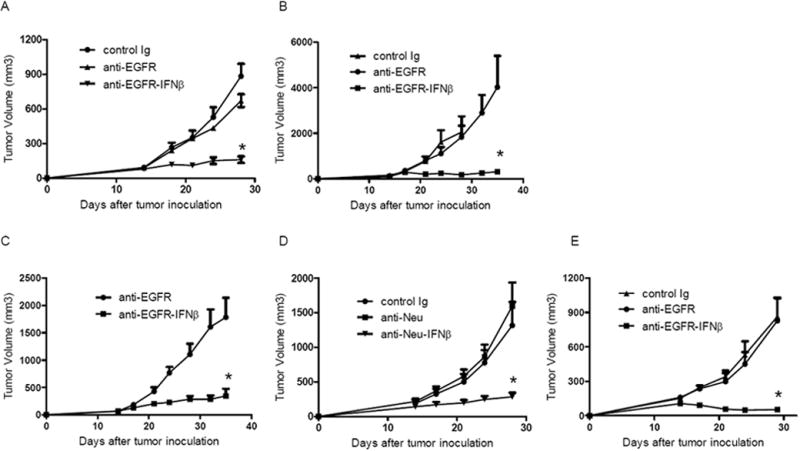Figure 2. Ab-IFNβ dramatically enhances the anti-tumor effect of Ab.

A) WT BALB/c mice (n=5/group) were injected subcutaneously with 5×105 TUBO-EGFR and treated with 25 μg of anti-EGFR, anti-EGFR-IFNβ or control Ab on days 14, 18, and 22. The tumor growth was measured and compared twice a week. B) WT B6 mice (n=5/group) were injected subcutaneously with 7×105 B16-EGFR and treated with 25 μg of anti-EGFR, anti-EGFR-IFNβ or control Ab on days 14, 18, and 22. The tumor growth was measured and compared twice a week. C) Rag1-/- mice (n=5/group) were injected subcutaneously with 3×106 H460 cells, and 2×106 OTI LN cells were adoptively transferred on day 13. Twenty five μg of anti-EGFR-IFNβ or control Ab was administered on days 14, 18, and 22. The growth of tumor was measured and compared twice a week. D) NeuOTI/OTII-Tg female mice (n=5/group) were injected subcutaneously with 1×106 NOP23 and treated with 25 μg of anti-Neu, anti-Neu-IFNβ or control Ab on days 14, 18, and 22. The tumor growth was measured and compared twice a week. E) EGFR-Tg mice (n=5/group) were injected subcutaneously with 5×105 B16-EGFR and treated with 25 μg of anti-EGFR, anti-EGFR-IFNβ or control Ab on days 14, 18, and 22. The tumor growth was measured and compared twice a week. *, p < 0.05 compared with control group. Mean + SEM are shown. One representative experiment of three is depicted. See also Figure S2 and Table S1.
